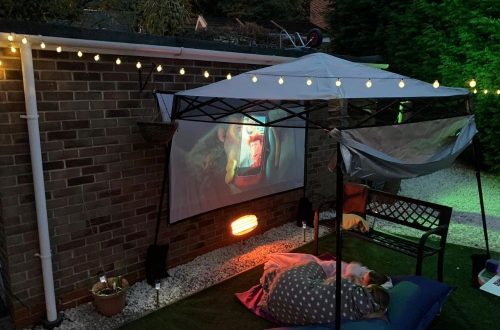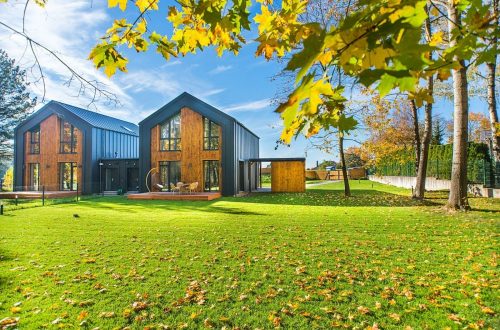
Keep Your Garden Green, Even In The Middle Of Winter
This is a collaborative post
Keeping your garden green the whole year round is a challenge of epic proportions. Most shrubs and trees don’t want to play ball. And even those that do tend to look a little worse for wear by the time we get round to February.
That’s a shame, though. The garden isn’t just something for the summertime. It’s a place you’d like to enjoy the whole year round if you can. Even in the winter you can still enjoy your garden with a suitably placed hammock or lounger.
Winter gardening can be a lot of fun. But getting it right takes a bit of work. How do you keep it looking green and verdant all day long, even when the days are getting shorter?
Check out these ideas:
Add A Variety Of Winter Plants
While daffodils and roses won’t grow in the winter months, a lot of plants will – including some edible varieties.
Take snow peas, for instance, or English spinach. Both of these can thrive in the winter months and will also provide you with an excellent crop as we move into spring.
If you have a vegetable patch, you can also try filling it with kale, cabbage, onions and cauliflower. All of these will survive and thrive in the winter season.
As for non-edibles, you have several options there too. Taxus Baccata is an excellent example of a particular species that will remain green all year long. You can also try experimenting with fairy primrose, bergenia, snowdrops and lavender. All of these will continue to provide plenty of colours, even as the leaves fall off the trees.
Rake Your Lawn
Unless we get feet of snow or an intense frost, your lawn should remain green throughout the winter. The most significant risk is leaves falling off trees and blocking sunlight to the grass below.
If you have time, take a rake and start collecting up all the leaves that fall on the floor from your garden. Over time, you should find that your grass remains greener and more verdant than it otherwise would.
If you notice the grass dying back near the borders with your beds, then perhaps mulch it over to provide a clear barrier. Often plants in the beds will compete with the grass for resources, eventually forcing it to die back.
Prune Your Shrubs, Ready For Spring
Where possible, you’ll want to prune back your shrubs just before winter arrives to help prevent them from wasting unnecessary energy on growth and expansion. Remember, the winter months are hard on evergreens too.
Be sure to mulch your veggie garden after watering it. Also weed around the plants themselves, just in case of invading species. Doing this will help to reduce the amount of work you need to do, come the spring.
Don’t Water If It Rains
During the winter, the ground tends to become sodden for two reasons. First, there’s much more rain than in the summer months. And second, temperatures are lower, so we don’t get as much evaporation.
Soaking the ground with water when it is already wet is a bad idea and could result in plants becoming suffocated. Keep track of the weather and only sprinkle if you absolutely have to.
Clear It Of Pests
From time to time, you might find that there are pests in the garden. If you want your home and garden to be green even during the winter, you are going to need to clear it of these pests as best as you can. Make sure you do it right, however. If you have bats, for instance, you will need to ask when is the bat survey season? As long as you do it right, you should be able to reclaim your garden space.






2 Comments
Pingback:
Pingback: